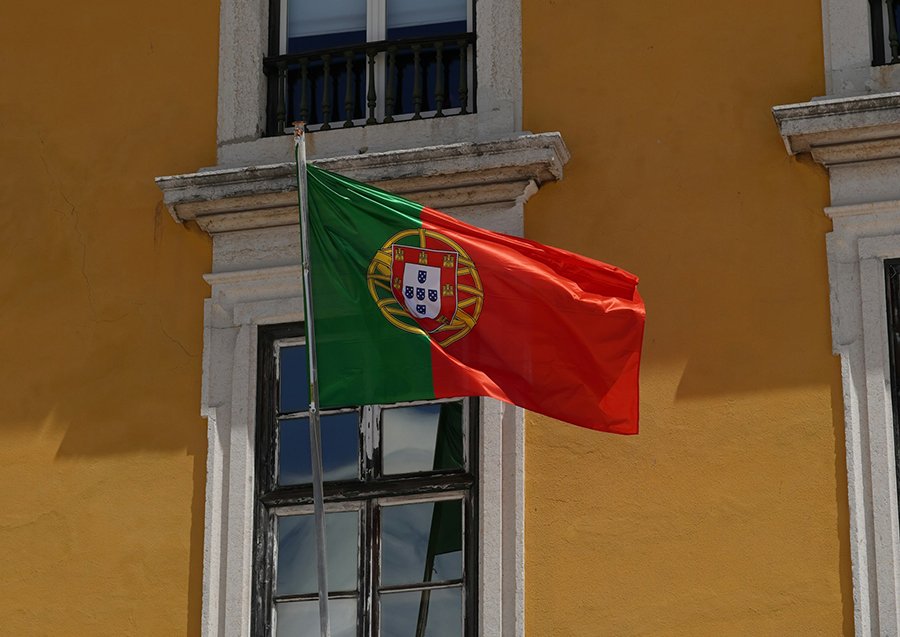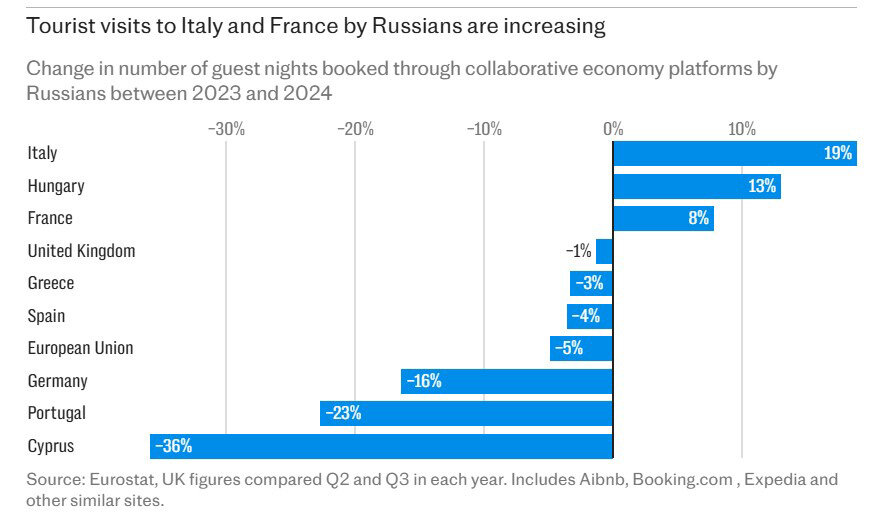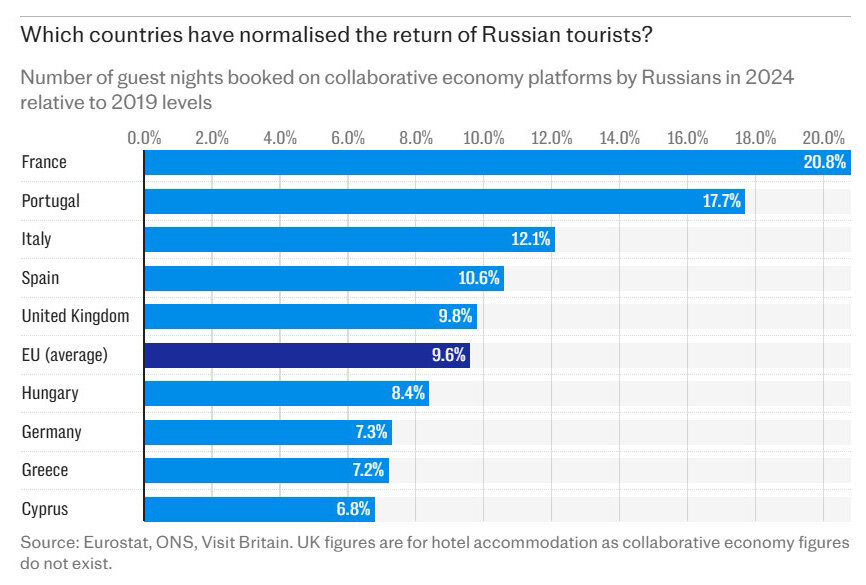читайте также
 Italy May End Tax Relief on Rental Income: What It Means for Landlords and Investors
Italy May End Tax Relief on Rental Income: What It Means for Landlords and Investors
 Luxury Travel Takes Off: How Demand Is Changing and Where to Find ‘Quiet Luxury’
Luxury Travel Takes Off: How Demand Is Changing and Where to Find ‘Quiet Luxury’
 Airbnb shifts all fees to property owners
Airbnb shifts all fees to property owners
 Most Punctual Airlines of September 2025: Who Arrived on Time and Why It Matters
Most Punctual Airlines of September 2025: Who Arrived on Time and Why It Matters
 Ten Years to a Passport: New Citizenship Rules in Portugal
Ten Years to a Passport: New Citizenship Rules in Portugal
 Top 25 World Economies 2025: Who Shapes Global Growth
Top 25 World Economies 2025: Who Shapes Global Growth
Russians Travel to Europe via Third Countries — Despite Sanctions and Visa Barriers

Photo: Unsplash
Despite EU sanctions and closed borders, more Russians are finding their way to European beaches and resorts — using indirect routes through Turkey, the UAE, Serbia, or Georgia. In 2024, France, Italy, and Spain all reported growth in overnight stays by Russian tourists, according to The Telegraph. Ukraine and the Czech Republic have called these travels a potential security threat.
Surge in Russian Tourist Presence
Italy recorded the most Russian hotel nights in 2024 among EU countries — up 18.9% to 321,678. Spain followed with 259,068 (down 3.6%), and France was third at 203,072 (up 7.8%). Hungary, with its Russia-friendly policy, also saw a 13% increase.
Visa data mirrors this trend:
Italy: 152,254 Schengen visas issued (+19,000 vs 2023)
France: 123,890 (+25,000)
Spain: 111,527 (+15,000)


Political Backlash
Ukrainian and Czech officials voiced concern. Ukraine’s ambassador to the EU, Vsevolod Chentsov, called the situation "surprising and unsafe," citing risks of cyberattacks and hybrid threats. Czech foreign minister Jan Lipavský said such tourism undermines sanctions and questioned the morality of allowing potentially complicit individuals to enjoy European luxuries.
American-British financier William Browder added that only opposition members should be granted entry — not what he dubbed “oligarchs and mini-garchs.”
Italy and France, however, defended their position. The Italian foreign ministry emphasized its stance: "We are against Russia’s war, not its people." France also reaffirmed the importance of cultural openness and individual responsibility.
Complex Routes and Selective Access
Direct flights between Russia and the EU remain suspended. Russian travelers use hubs like Istanbul and Dubai, with lengthy itineraries and costly visas — only affordable for the wealthy. Currency conversion and banking sanctions further restrict access. Istanbul’s Atatürk Airport now offers ruble-to-euro exchange services to facilitate such travel.
EU visa scrutiny has tightened:
Simplified visa agreements with Russia are suspended
Approval rates dropped from 27% (2019) to 5% (2024)
Refusals increased from 1.5% to 7.5%
Issued visas fell from 4 million to 500,000
Outlook: Stricter Screening and Digital Borders
In 2024, Schengen countries received over 11.7 million visa applications, up 13.5% from 2023 but still below 2019 levels. In Q1 2025, overall EU tourism nights dropped 0.2%, but international visits grew — especially to Spain (53.2M), Italy (31.8M), and Austria (29.6M).
On October 12, 2025, the EU will launch its new digital Entry/Exit System (EES), including pre-registration and biometric checks. For Russian citizens, this adds another layer of control to already scrutinized applications. The shift marks a broader pivot in EU policy — from open access to security-driven travel filtering.
Подсказки: Russia, Europe, tourism, sanctions, visas, EU, Schengen, border control, geopolitics, international travel





